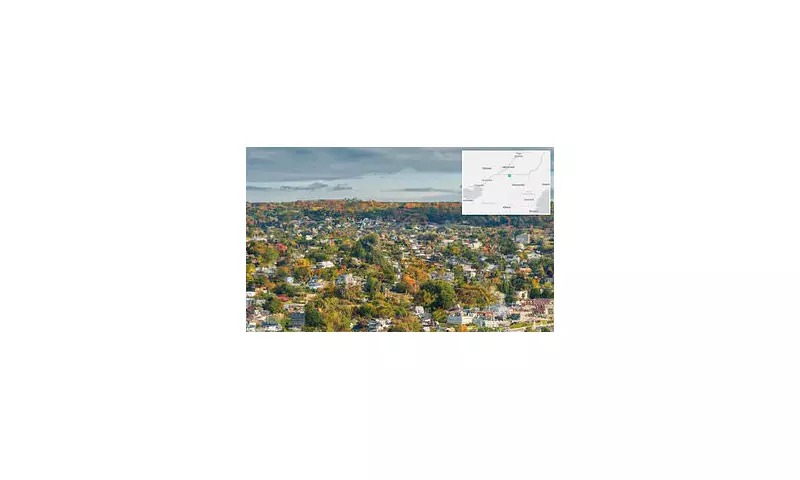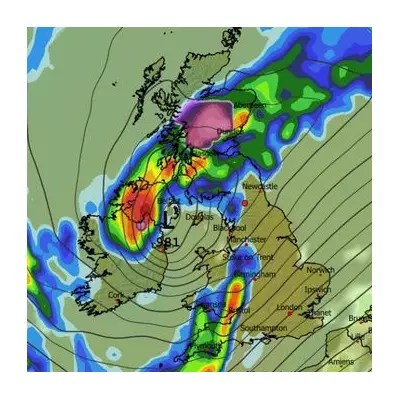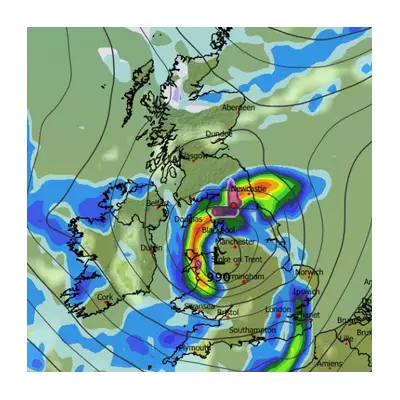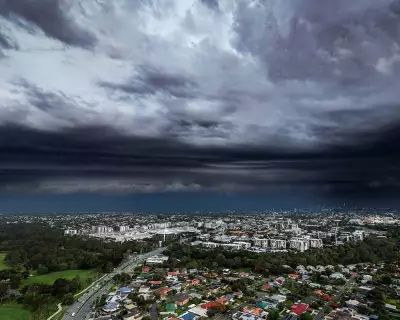
Beneath the iconic skyline of New York City, geologists have made a startling discovery that could rewrite our understanding of seismic threats to America's most populous metropolitan area. A newly identified ancient fault system, dormant for millions of years, may be awakening - and it could explain the mysterious tremors that have recently rattled the region.
The Sleeping Giant Beneath Manhattan
Researchers have identified a complex network of ancient faults dating back approximately 450 million years, with the recently discovered fault running parallel to the well-known Ramapo Fault System. This geological revelation comes after the 4.8 magnitude earthquake that struck near New Jersey on April 5, 2024, sending tremors across the densely populated tri-state area.
What makes this discovery particularly concerning is the fault's proximity to major population centres and critical infrastructure. Unlike the more predictable seismic zones on America's West Coast, these East Coast faults remain poorly understood - and potentially more dangerous when they do rupture.
Why East Coast Earthquakes Pack a Bigger Punch
The geological structure of the East Coast creates a perfect storm for seismic amplification. The older, denser bedrock transmits seismic energy much more efficiently than the fractured rock of California, meaning earthquakes of similar magnitude can affect areas up to ten times larger.
"A magnitude 5 earthquake on the East Coast could be felt across an area equivalent to a magnitude 6 or even 7 earthquake in California," explains one geologist involved in the research. "The rock here is like a tuning fork - it carries vibrations incredibly well."
Historical Precedent Meets Modern Vulnerability
While the recent tremors caused minimal damage, history suggests New York is capable of experiencing much stronger seismic events. The 1884 earthquake estimated at magnitude 5.2 serves as a sobering reminder of the region's seismic potential.
The implications for modern-day New York are staggering:
- Many older buildings were constructed without seismic considerations
- Critical infrastructure including bridges, tunnels and utility networks cross fault lines
- The dense urban environment creates complex ground motion amplification
- Emergency response would be complicated by the population density
The Urgent Need for Preparedness
This geological revelation underscores the critical importance of earthquake preparedness, even in regions not traditionally considered high-risk. Building codes, emergency planning and public awareness all require reassessment in light of these findings.
The awakening of this ancient fault system serves as a powerful reminder that our understanding of Earth's dynamics remains incomplete, and that nature continues to surprise us in ways that demand both respect and preparation.





